THE government’s new push for a significant reduction in energy consumption in residential, commercial and industrial buildings, as well as the plan to encourage gas consumers to transition to electricity for heating and other purposes in the next decade, looks good on paper. But can the Rs45bn energy efficiency and conservation project, that envisages savings of over Rs540bn a year, be implemented without considering various household income levels and the costs for businesses? According to a study, Pakistan is among those countries that have the highest share of energy consumption for residential, commercial and industrial buildings — 55pc of the total energy consumed in a year, as compared to the global average of 30pc to 40pc. Residential buildings use three-fourths of the total energy used by the entire buildings sector. However, it is estimated by architects and urban planners that energy usage in this sector can be slashed hugely if houses, offices, and malls and other buildings are designed after taking into account the country’s climate, the deployment of energy-efficient electric and gas appliances, etc. But that will require wholesale changes in building bylaws and land-use regulations, besides a drastic reduction in land and construction costs to allow owners to spend on energy-saving materials and technologies. Moreover, the government will have to make laws to stop the manufacture of low-quality and inefficient gas and electric appliances, in addition to incentivising the production of energy-saving, efficient equipment and making it available to low- and middle-income households at affordable prices.
There are no two opinions that the country should start moving in this direction soon. But in order to achieve the objectives of the project — including a reduction in fossil fuel imports and energy prices for residential and industrial consumers — the authorities will also have to design and implement a short- to medium-term plan. That plan should focus on addressing the problem of the massive wastage of electricity, due to a defective transmission and distribution system, to bring down power tariffs and encourage people to shift to electricity. The aggressive adoption of solar and wind energy will also bring down overall consumer costs. Besides, Pakistan needs to take steps to encourage rooftop solar and maximise the use of sunlight if the idea is to make energy affordable and reduce the population’s dependence on fossil fuels to cut greenhouse gas emissions.
Published in Dawn, April 11th, 2023





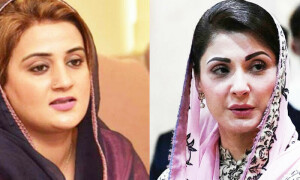
















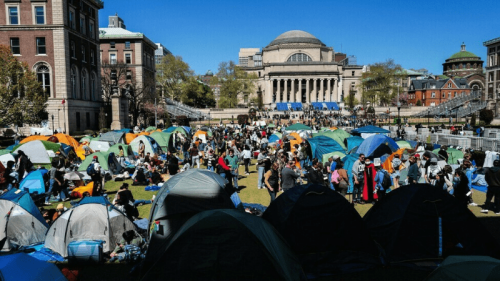







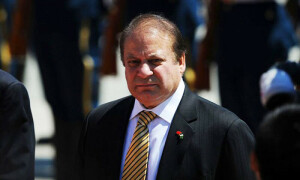



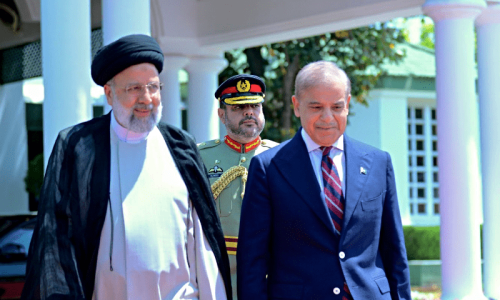






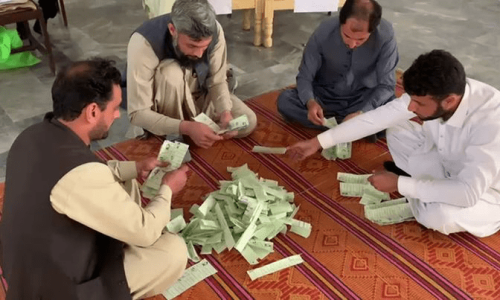
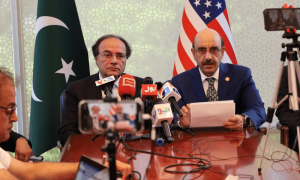
Dear visitor, the comments section is undergoing an overhaul and will return soon.